The colour palette of 2024 – all the colours paint experts are championing in the new year
The paint colours of the year 2024 are in – these are the shades you’re going to be obsessed with next year
The holiday season is the premier photo and video season. Get your gear inventory in shape now and avoid the disappointment that comes from waiting until it’s too late. Whether you want to upgrade from your hefty DSLR to a more compact mirrorless camera, or perhaps get fast cash for a piece of equipment you no longer use, MPB, the largest global platform to buy, sell and trade used photo and video gear, can help in many ways. Here are five of the ways, just for starters.
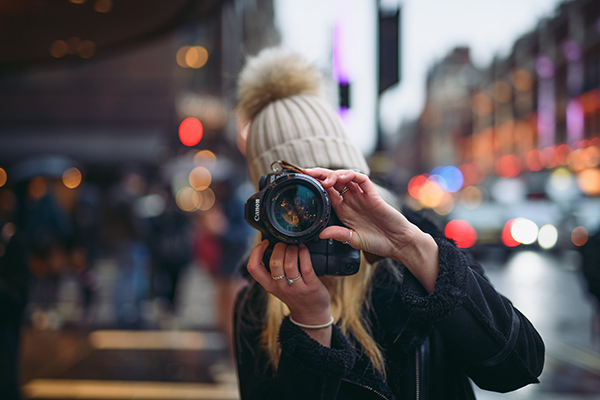
1. Turn Your Under-used Gear into Cash — Fast
Every photo and video storyteller we know has at least one piece of equipment they never use, and usually several items they seldom use. It’s natural to acquire a lens or body when you think you need it, only to find later that it’s been relegated to the cabinet. Or back of the closet. It’s not a bad idea to convert the leftovers into some holiday cash, something we can all use.
On average, customers earn $900 each time they sell to MPB. Of course, it depends on what you’re selling, and every situation is different.
Selling to MPB is fast, safe and simple. Start with a free online valuation and find out exactly how much your gear is worth in cash or trade, instantly. MPB uses five condition ratings. They check over your gear to confirm its actual condition, so don’t worry if you’re not sure which one to choose. • Like New – unboxed, unused or lightly used • Excellent – minimal signs of wear, otherwise pristine • Good – fair amount of use, but well-kept • Well Used – significant use, signs of normal wear and tear • Heavily Used – clear signs of wear and tear, still works.
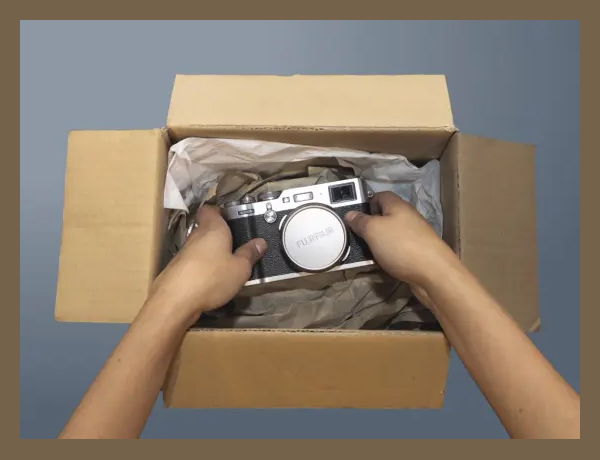
Once you’ve struck a deal, MPB has the equipment picked up at your doorstep, free of cost to you, and once received and inspected, deposits their payment directly into your bank account—usually within about two business days. MPB provides free insured shipping via FedEx Ground. You can schedule a free home pickup, or if more convenient, drop off your gear at any authorized and staffed FedEx location.
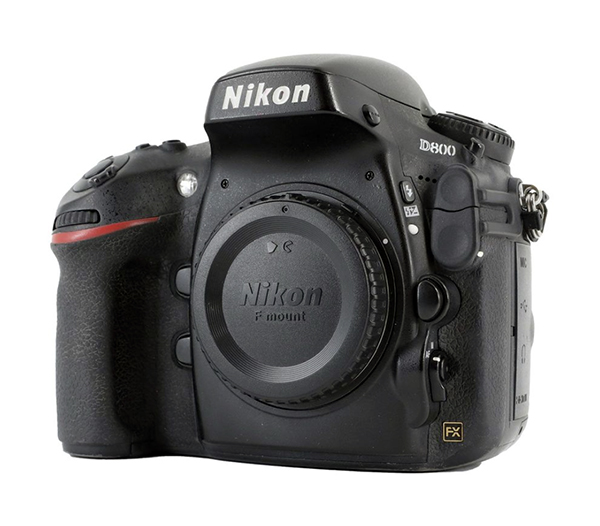
2. Trade Up to the Camera You Always Wanted
Maybe you fell head-over-heels for a Nikon D800 when it was introduced back in 2012. That was more than 10 years ago, and perhaps you didn’t have the bank account to buy one at that time. Despite its age, it’s still an amazing camera, featuring a 36.3 megapixel FX-format sensor and built for heavy-duty, professional use. In fact, few brand new camera models can match it.
You can own it used today for a fraction of the original price.
MPB has multiple used Nikon D800 bodies in stock at prices ranging from $509 to $629. And because MPB is fully transparent and includes photos of the actual item for sale in their listings, you can be certain and fully informed about what you’re buying. Plus, MPB even publishes the Shutter Count in the Nikon D800 listings so you know how much the camera has been used.
This is just one example. Find hundreds more at MPB.
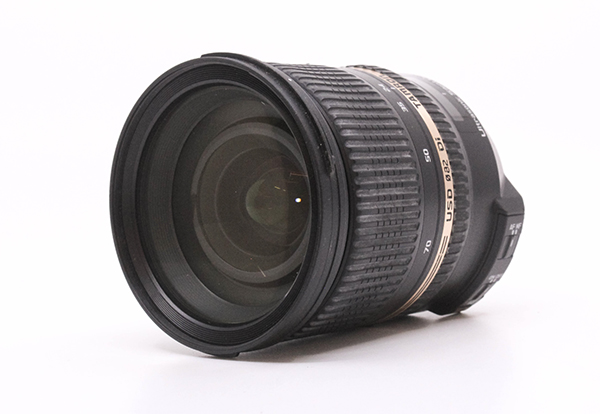
3. Expand Your Lens Arsenal
On average, used gear from MPB costs one-third less than new. The holidays, no matter which holidays you observe, are the most photogenic of all events. Equip yourself with the right lens to capture all of the festivities. A zoom lens in the 24-70mm or 28-70mm range, for example, allows you to get the whole group into the frame and also zoom in for gorgeous headshots. You can, for instance, buy a used Tamron SP 24-70mm f/2.8 Di VC USD for that theoretical Nikon D800 at prices starting at $319.
Every camera and lens sold by MPB undergoes a thorough 8 to 10 point inspection process by a trained specialist, and is covered by a six-month warranty and a 14-day return period that doesn’t begin until the day you receive your order.

4. Buy a Tripod for Family & Group Photos
You don’t have to set your camera on the coffee table anymore. Buy a used tripod from MPB.
You can find tripod heads and accessories at MPB too, if you already have a great set of legs but want to upgrade some tripod components.
So get everybody in the holiday pictures this year. Visit MPB.
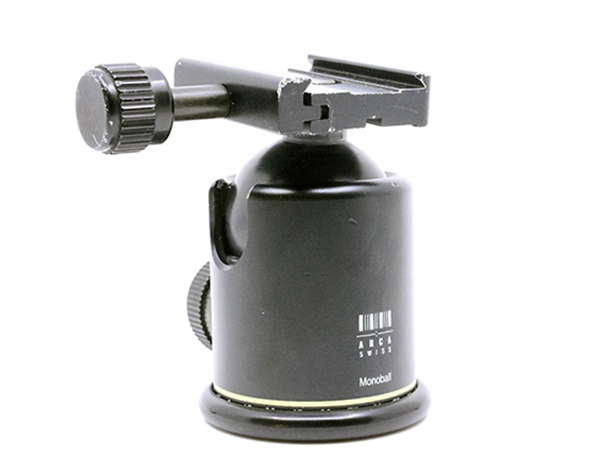
5. Find the Ideal Gift for the Photographer in Your Life
MPB recirculates more than 485,000 pieces of photo equipment every year thereby extending the life and creative potential of photo and video equipment for creators around the world. They have hundreds of cameras, lenses, drones and miscellaneous equipment in stock. Lumping all cameras, lenses and other photo items together, MPB has over 16,000 pieces of gear in the US and over 47,000 globally.
Plus, MPB adds more than 2,000 products every week. So remember, if you don’t find exactly what you’re looking for, come back and look again later. The inventory turns incredibly fast.
There is something for every photo and video storyteller at MPB. Click here to visit the MPB website.
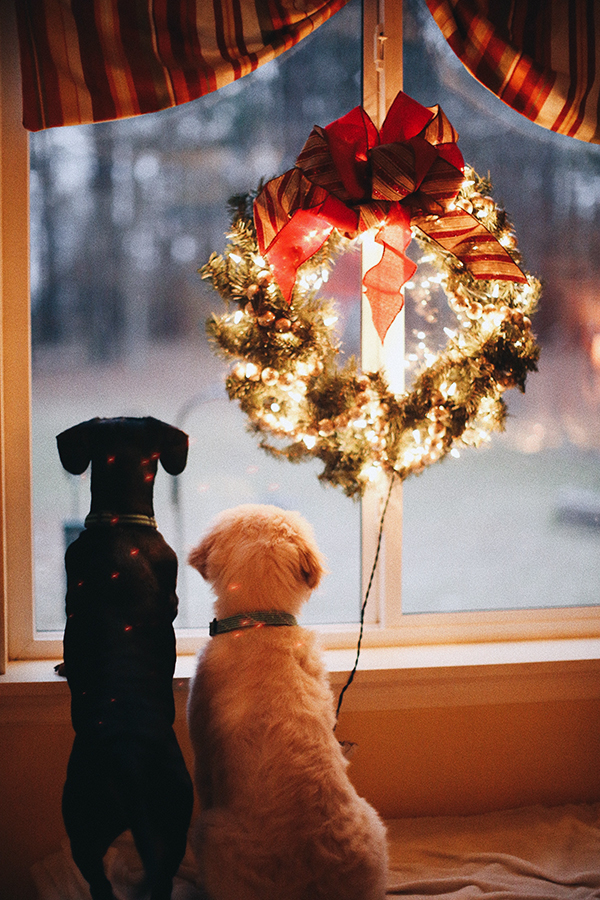
MPB’s Promise
“Our unique platform means that we can offer the right price for every piece of kit based on make, model, condition and market, across a huge selection of camera bodies, lenses, filters and accessories. At MPB, there’s something for everyone who wants to try something new, hone their skills, or pursue their passion — and it won’t cost the earth.”
∞ Shutterbug Staff
If you’re a Shutterbug reader you likely own a few lenses, or at least a couple zooms offering a variety of focal lengths. But do you really understand how the focal length you choose impacts more than just the magnification of a subject?
Today’s “Ultimate Guide” from the Behind the Tripod YouTube channel provides everything you need to know. It’s intended for those new to photography, and for more experienced shooters who want to improve their skills. By demystifying the concept of focal length this lesson will help you understand how making subtle changes can have a dramatic effect on the impact of every photograph you shoot.
Instructor Steve Mills provides a brief explanation of optical theory, takes a look at how focal lengths are measured, and how they work to create amazing images in a wide variety of situations. By the time you’re done watching you’ll know exactly what lens to pull out of your bag the next time you’re in the field.
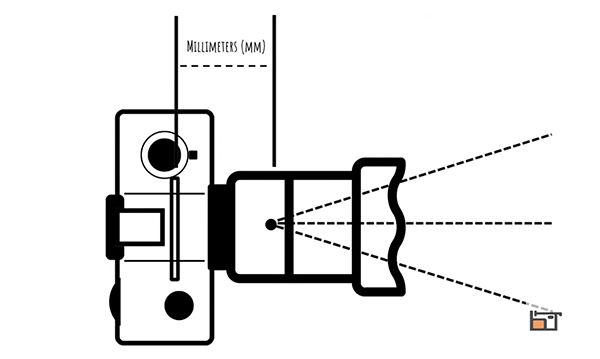
The lesson begins with a bit of optical science, and then you’ll watch Mills on location using lenses of different focal lengths to illustrate all the practical implications. He starts with a 14-24mm zoom to explain the various options you have with a single lens. He also discusses fixed- focal-length prime lenses. And the principles are the same, as they are when using a long telephoto zoom.
Mills also explains how the size of your camera’s sensor affects the “effective” focal length of a lens when shooting with crop-sensor cameras with an APS-C or micro-four-thirds format. This is why things look differently through the viewfinder of a full-frame camera than they do when using cameras with smaller sensors—even when the focal length of the lens is the same.
With all the theory out of the way Mills moves out into the field for practical examples of what you just leaned. He sets up a simple shot of a boulder and demonstrates how the subject appears when using focal lengths from 14-200mm and a few others in between.
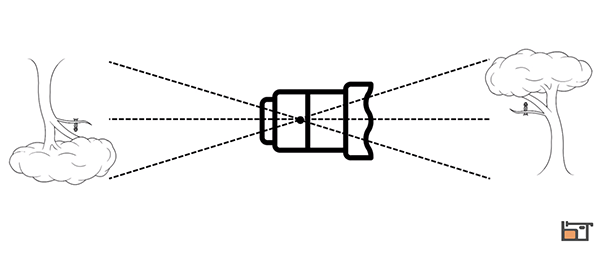
Pay close attention to how both the size and shape of his subject changes as the focal length changes. But there are other very important considerations, like the appearance of the background as Mills moves further and further back while shooting with longer and longer focal lengths. By now you’ve probably guessed that’s there’s a big shift in depth of field and perspective.
You may find it helpful to have a camera and a couple lenses handy as you watch this eye-opening tutorial, so you can pause the video, experiment a bit, and see for yourself. When you’re done head over to Mill’s instructional YouTube channel for more simple shooting advice.
And don’t miss the earlier tutorial we posted on a related subject, explaining how to use lens filters to shoot nature and landscape photographs with maximum impact.
